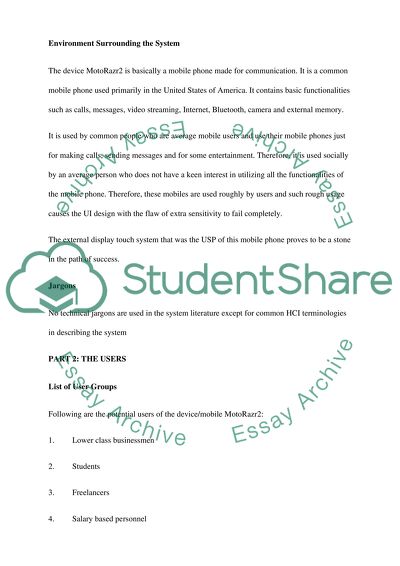Cite this document
(“Human Computer Interaction for Commercial Applications Essay”, n.d.)
Human Computer Interaction for Commercial Applications Essay. Retrieved from https://studentshare.org/information-technology/1403331-human-computer-interaction-for-commercial
Human Computer Interaction for Commercial Applications Essay. Retrieved from https://studentshare.org/information-technology/1403331-human-computer-interaction-for-commercial
(Human Computer Interaction for Commercial Applications Essay)
Human Computer Interaction for Commercial Applications Essay. https://studentshare.org/information-technology/1403331-human-computer-interaction-for-commercial.
Human Computer Interaction for Commercial Applications Essay. https://studentshare.org/information-technology/1403331-human-computer-interaction-for-commercial.
“Human Computer Interaction for Commercial Applications Essay”, n.d. https://studentshare.org/information-technology/1403331-human-computer-interaction-for-commercial.


